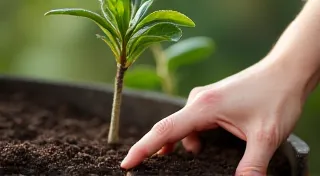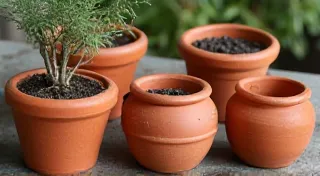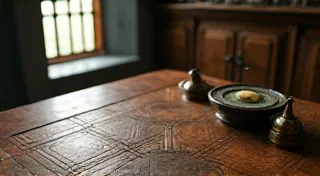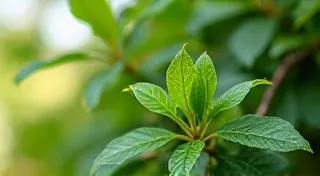Soil Secrets: The Best Soil Mix for Container-Grown Dwarf Fruit Trees
Growing dwarf fruit trees in containers is a fantastic way to enjoy fresh, homegrown fruit even with limited space. But success hinges on more than just choosing the right variety and providing adequate sunlight. The soil your dwarf fruit trees live in plays a *critical* role in their health, growth, and fruit production. Using garden soil straight from the ground simply won't cut it – it compacts easily, drains poorly, and often lacks the nutrients container-grown trees need.
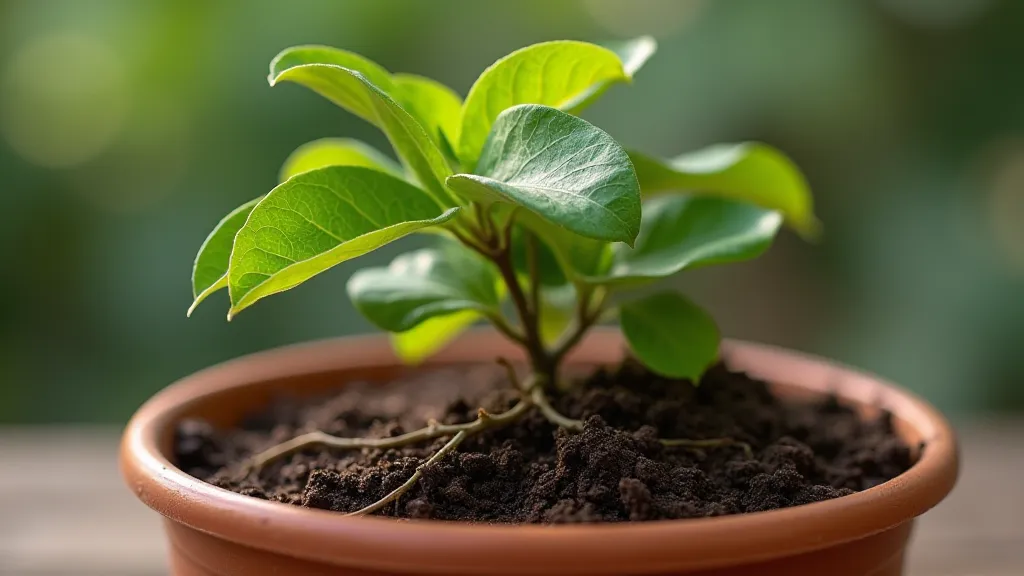
Why Container Soil is Different
Regular garden soil is designed for in-ground planting, where vast root systems can spread and access nutrients from a large area. Container soil, however, must be lightweight, well-draining, and capable of providing essential nutrients within a limited space. Here’s why a specialized mix is essential:
- Drainage: Dwarf fruit trees need excellent drainage to prevent root rot. Heavy garden soil retains too much water, suffocating the roots.
- Aeration: Roots need oxygen. Compacted soil prevents oxygen from reaching them.
- Nutrient Retention: Container soil needs to hold onto nutrients, as they leach out more readily in containers due to frequent watering.
- Weight: Large containers filled with heavy soil can become difficult to move, especially when the tree is mature.
Building the Perfect Soil Mix: Recipes & Considerations
There's no one-size-fits-all recipe, but here are a few proven blends you can adapt based on availability and your tree's specific needs. Always aim for a balance of drainage, aeration, and nutrient retention. Selecting the right tree variety is also important, and for some, understanding the patience required – the careful planning and anticipation that comes with growing fruit – can really enhance the experience. You might find inspiration in "The Orchard's Echo: Cultivating Patience in Miniature Landscapes" for a deeper understanding of this aspect.
Recipe 1: The Classic Blend
- Peat Moss or Coco Coir: 40% (Provides structure and moisture retention)
- Perlite: 30% (Improves drainage and aeration)
- Compost: 30% (Provides slow-release nutrients and beneficial microbes)
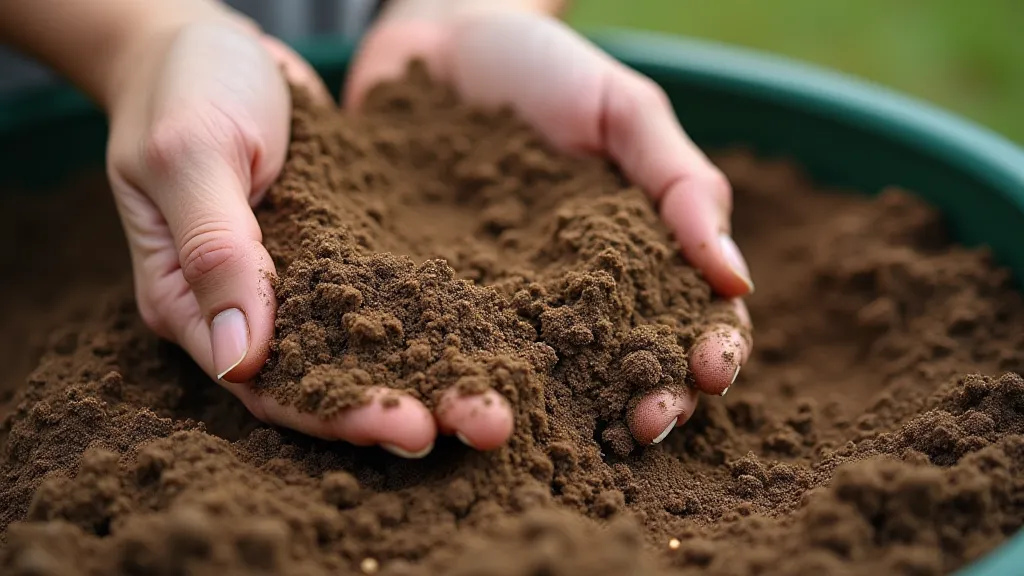
Recipe 2: For Enhanced Drainage
This recipe is excellent for fruit trees prone to root rot or in areas with high humidity. Proper drainage is paramount; without it, diseases can quickly take hold. If you're experiencing problems with pests and diseases, further investigation is warranted. You can find helpful tips for dealing with these issues in "Dealing with Pests & Diseases in Container-Grown Dwarf Fruit Trees".
- Peat Moss or Coco Coir: 30%
- Perlite: 40%
- Compost: 20%
- Pine Bark Fines: 10% (Adds extra drainage and aeration)
Recipe 3: Nutrient-Rich Blend
Ideal for trees that are heavy feeders or planted in smaller containers. The aesthetic appeal of a thriving miniature orchard is also a huge draw. Consider exploring design ideas and layout inspiration, which you might find in "Creating a Miniature Orchard in Containers: Design & Inspiration."
- Coco Coir: 40%
- Perlite: 20%
- Compost: 25%
- Worm Castings: 15% (Excellent source of nutrients and beneficial microbes)
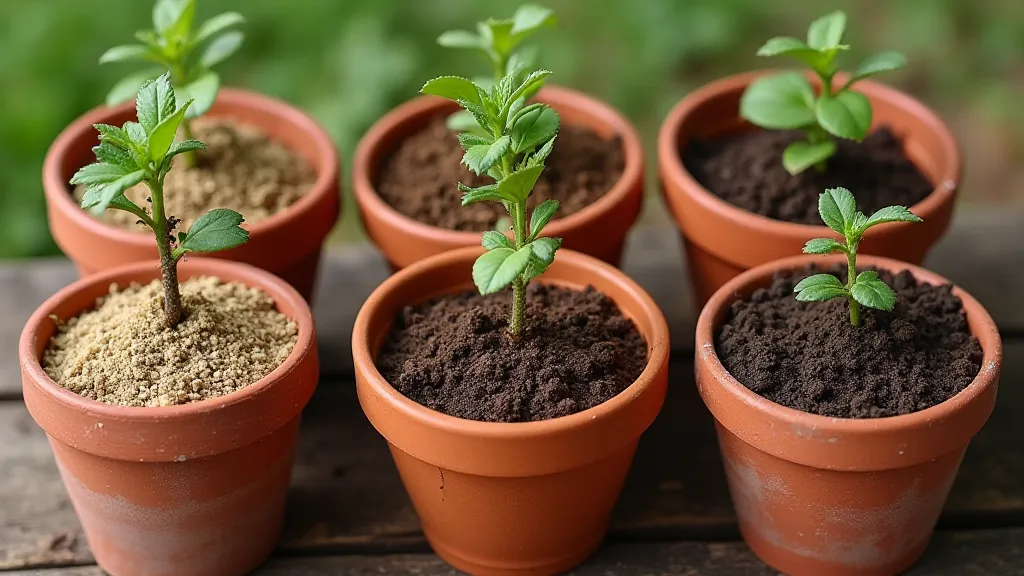
Deeper Dive: Understanding Soil Components
Let's examine each component in more detail. Peat moss, traditionally used for its water retention and aeration properties, is increasingly being replaced with coco coir. Coco coir is a sustainable byproduct of coconut processing, offering similar benefits while minimizing environmental impact. When using coco coir, a process called "pre-leaching" is often recommended. This involves rinsing the coco coir to remove excess salts that can be detrimental to young roots. Perlite is volcanic glass heated to a high temperature, creating lightweight, porous granules that drastically improve drainage and aeration. Compost, a vital ingredient in any good soil mix, is decomposed organic matter that provides essential nutrients and introduces beneficial microbes to the root zone. Finally, pine bark fines, when incorporated, further enhance drainage and contribute to a looser soil structure.
Tips for Success
- Coco Coir vs. Peat Moss: Coco coir is a more sustainable alternative to peat moss. Both work well, but coco coir may require pre-leaching to remove salts.
- Amendments: Consider adding slow-release fertilizer or mycorrhizal fungi to your soil mix. Mycorrhizal fungi form symbiotic relationships with plant roots, increasing nutrient and water absorption.
- pH: Most dwarf fruit trees prefer a slightly acidic soil (pH 6.0-6.5). Test your soil and adjust as needed. Lime can be used to raise pH, while sulfur can lower it.
- Repotting: Refresh your soil mix every 1-2 years by repotting your tree into a new batch. This prevents nutrient depletion and reduces the risk of soilborne diseases.
- Watering: Monitor your tree’s soil moisture levels and water accordingly. Allow the top inch or two of soil to dry out between waterings. Overwatering is a common mistake that can lead to root rot.
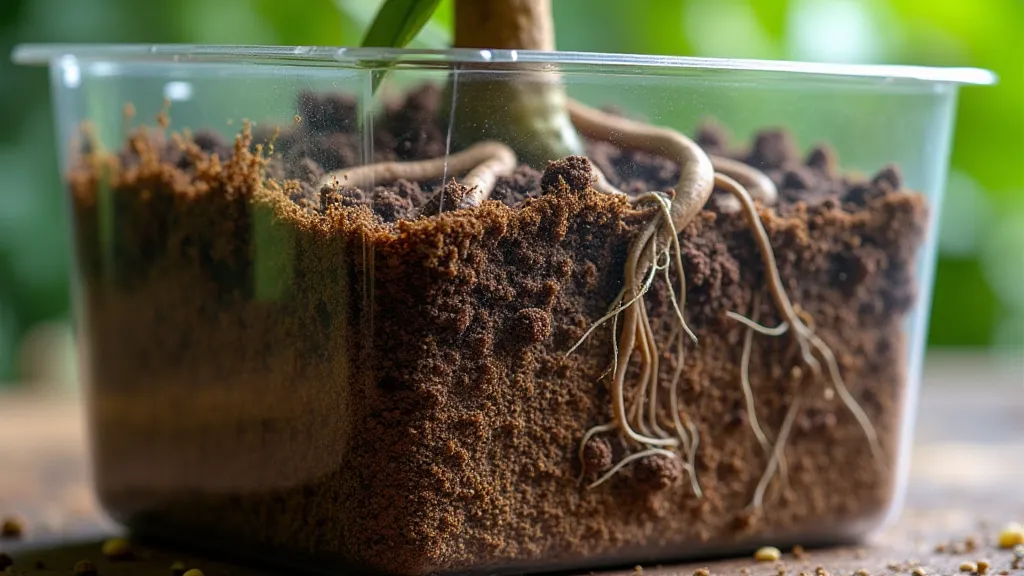
Troubleshooting Common Container Soil Issues
Even with the best soil mix, problems can arise. If your tree is exhibiting signs of stunted growth or yellowing leaves, it could be a sign of nutrient deficiency. A soil test can help diagnose the specific deficiency. Root rot, as mentioned previously, is a serious concern. To prevent root rot, ensure adequate drainage and avoid overwatering. Compacted soil can also hinder root growth. Regular aeration, either by gently poking holes in the soil or repotting, can alleviate compaction.
Conclusion
The right soil mix is the foundation for healthy and productive container-grown dwarf fruit trees. By understanding the principles of container soil and experimenting with different recipes, you can create the perfect environment for your trees to thrive and reward you with delicious, homegrown fruit. Ultimately, successful container gardening isn't just about the soil; it’s about understanding your trees’ needs and providing them with the care and attention they deserve.
